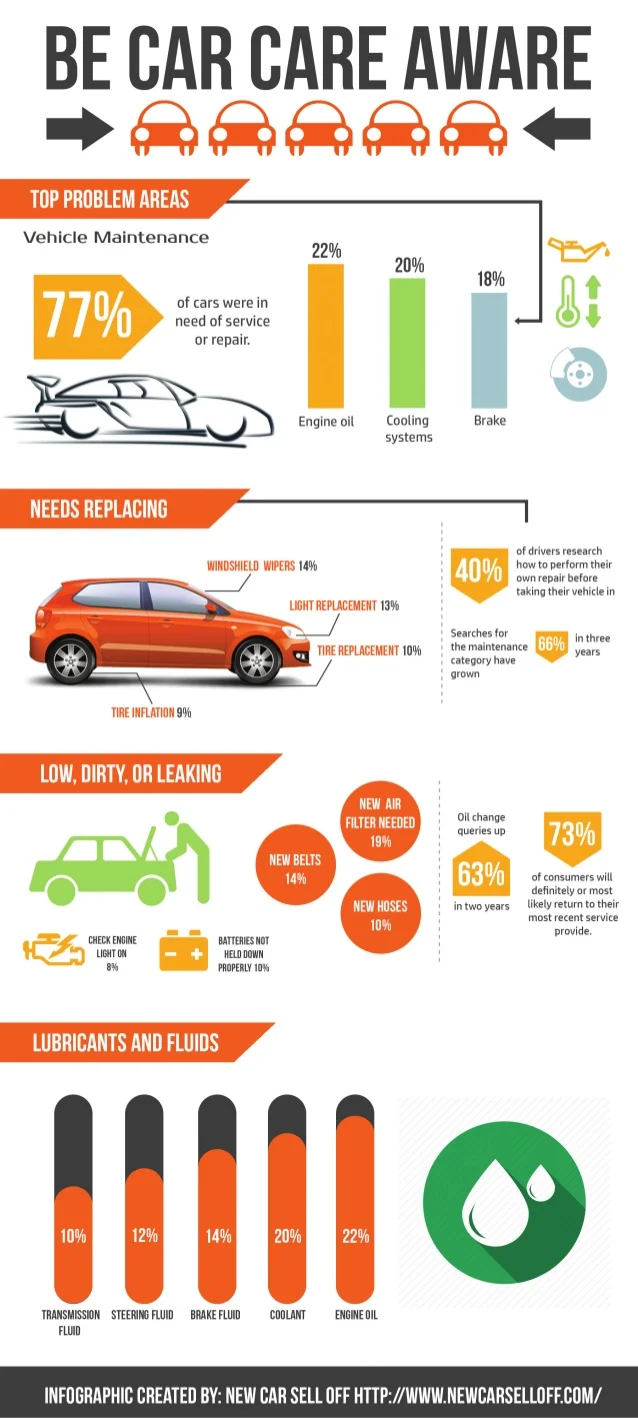Comprehending Your Automobile'S Warning Lights: What Do They Truly Mean?
Comprehending Your Automobile'S Warning Lights: What Do They Truly Mean?
Blog Article
Team Author-Lim Alvarado
When you lag the wheel, those glowing warning lights on your control panel can be a little bit difficult. Do you understand what they're attempting to tell you about your auto's health and wellness? Recognizing the importance of these lights is essential for your security and the long life of your automobile. So, the following time one of those lights appears, would not you want to decode its message precisely and take the essential actions to resolve it?
Common Caution Lights and Interpretations
Recognize typical caution lights in your automobile and comprehend their definitions to guarantee risk-free driving.
One of the most normal warning lights consist of the check engine light, which signals problems with the engine or discharges system. If this light comes on, it's important to have your lorry examined immediately.
The oil stress warning light indicates low oil pressure, requiring immediate focus to stop engine damages.
A blinking battery light might recommend a defective billing system, possibly leaving you stranded if not dealt with.
The tire stress tracking system (TPMS) light notifies you to low tire stress, influencing lorry security and fuel effectiveness. Overlooking this can bring about hazardous driving problems.
The abdominal light shows an issue with the anti-lock stopping system, endangering your capacity to stop swiftly in emergency situations.
Last but not least, the coolant temperature level warning light warns of engine getting too hot, which can lead to serious damage otherwise settled quickly.
Comprehending these common warning lights will aid you resolve problems immediately and preserve secure driving conditions.
Significance of Prompt Attention
Comprehending the typical warning lights in your automobile is only the initial step; the relevance of quickly addressing these cautions can't be highlighted enough to guarantee your security on the road.
When a warning light brightens on your dashboard, it's your automobile's way of interacting a possible issue that needs focus. Ignoring these cautions can result in a lot more serious issues later on, compromising your safety and security and potentially costing you much more out of commission.
Trigger attention to warning lights can protect against breakdowns and accidents. For example, a blinking check engine light could suggest a misfire that, if left unattended, can trigger damages to the catalytic converter. Resolving this quickly can save you from an expensive repair service.
In a similar way, a brake system cautioning light could signify low brake fluid or worn brake pads, crucial components for your safety and security when driving.
DIY Troubleshooting Tips
If you see a caution light on your dashboard, there are a few do it yourself fixing tips you can attempt before seeking professional assistance.
The primary step is to consult your cars and truck's guidebook to recognize what the details warning light shows. Occasionally the issue can be as basic as a loosened gas cap causing the check engine light. Tightening the gas cap might fix the issue.
An additional common problem is a reduced battery, which can set off different alerting lights. Examining the battery links for corrosion and ensuring they're safe and secure may deal with the trouble.
If a warning light lingers, you can attempt resetting it by separating the cars and truck's battery for a few mins and after that reconnecting it. Furthermore, inspecting https://brake-check62849.madmouseblog.com/12572228/eco-friendly-cars-and-truck-detailing-products-you-should-attempt , such as oil, coolant, and brake fluid, can help fix alerting lights associated with these systems.
read review
In conclusion, comprehending your cars and truck's caution lights is essential for keeping your car running smoothly and securely. By promptly resolving these signals and knowing what they imply, you can stay clear of costly repair services and prospective failures.
Keep in mind to consult your auto's manual for specific details on each alerting light and do something about it appropriately to make sure a hassle-free driving experience.
Remain informed, remain risk-free on the road!
